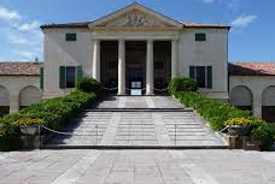

It's hard to describe the feeling you get when you arrive, after a journey through the purest Treviso countryside, in the presence of Villa Emo, designed by Andrea Palladio.
His majesty is given not only by the lavish (and yet simple) central complex, but especially from the long barns which seem to enclose it and at the same time embrace it. This feature greatly impresses the visitor, which is also affected the breadth of the space in which it is located.
It worth, after parking the car or getting off the bus, approach it slowly, trying to imagine the days when the villa was originally used.
It's one of those residences where, in my opinion, you mostly breathe that harmony between landscape and building (and its appurtenances) that Palladio pursued, with happy results, for all his life.
This Villa is inserted in the famous "Four books of Architecture" printed in Venice in 1570, in which Palladio described his architectural theories and the characteristics of some of his masterpieces.
Villa Emo, probably built since 1558, is now home of a local bank, which has some offices inside the barns.
It was built for the Venetian patrician Leonardo Emo, who settled to devote himself to farming and we also planted livestock, mills, spinning mills, and promoted the reclamation of land and innovation of agricultural crops.
Recall that at one point in history the Venetian nobles turned their attention towards the country and the activities related to it, because the economic wealth from the sea and from the domains of the Venetian Republic, and its flourishing trade, began to be threatened by the discovery of America (and by opening of new trade routes) and by the advance of the Turks.
Like other Palladian Villas, also Villa Emo is magnificently frescoed, often from rural motifs, combined with the mythology. The systematic introduction of internal decorations to the Villas was another merit of Palladio, convinced that in this way the Villa could better blend with the landscape.
The landscape, for him, was not something outside the Villa, Villa was neither the external element to the landscape: it was all one. It 's very interesting to note that this theory anticipates, already in the sixteenth century, humanistic and philosophical theories that are emerging in our times.
The view from the outside towards the open landscape (and therefore the criterion to place windows and balconies) absolved the dual purpose of improving the quality of life, and at the same time to control the work of the staff employed by the owner, and the life revolved around the house.
The Villa Emo is open to the visits; at its entrance, as well as a book-shop to a small exhibition dedicated to the surrounding area, you can see an interesting movie, which describes the history of the villa and the meaning of its remarkable frescoes.
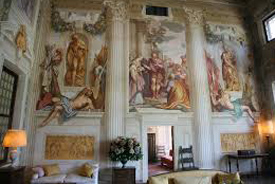
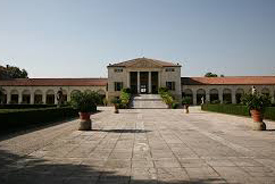
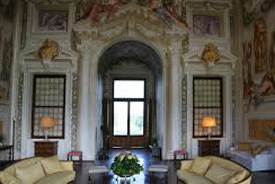
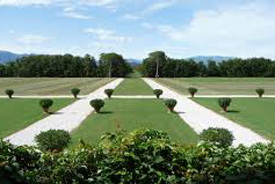
{mosmap width='500'|height='400'|lat='45.711654'|lon='11.991287'|zoom='12'|zoomType='Large'|zoomNew='0'|mapType='Normal'|showMaptype='1'|overview='0'|text='|tooltip='Sei su: '|marker='1'|align='center'}
Back to top
Go to bottom






